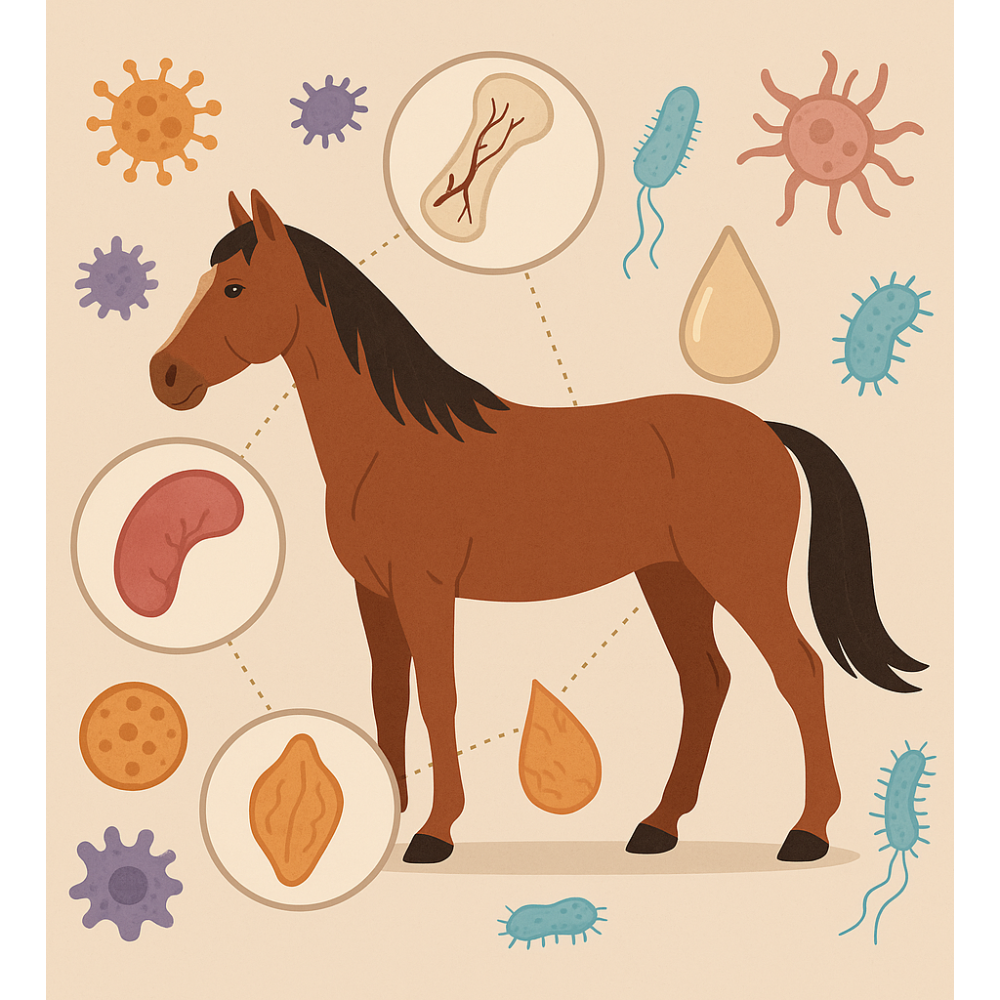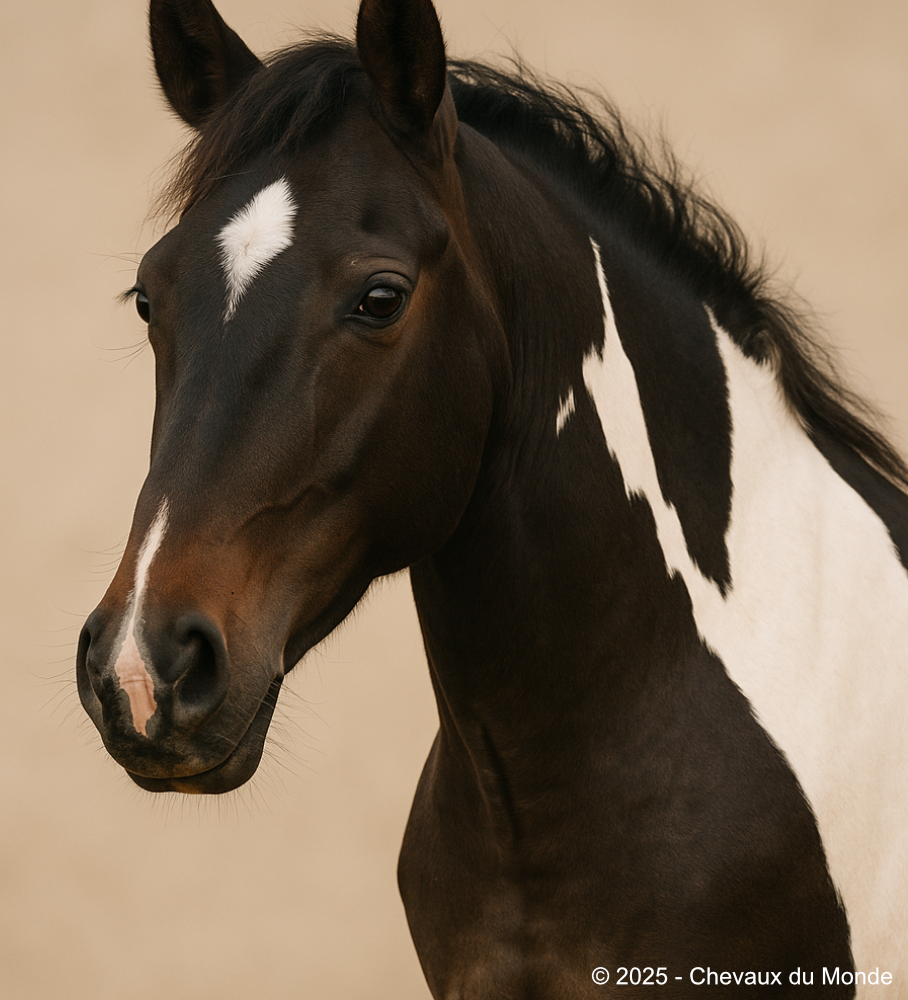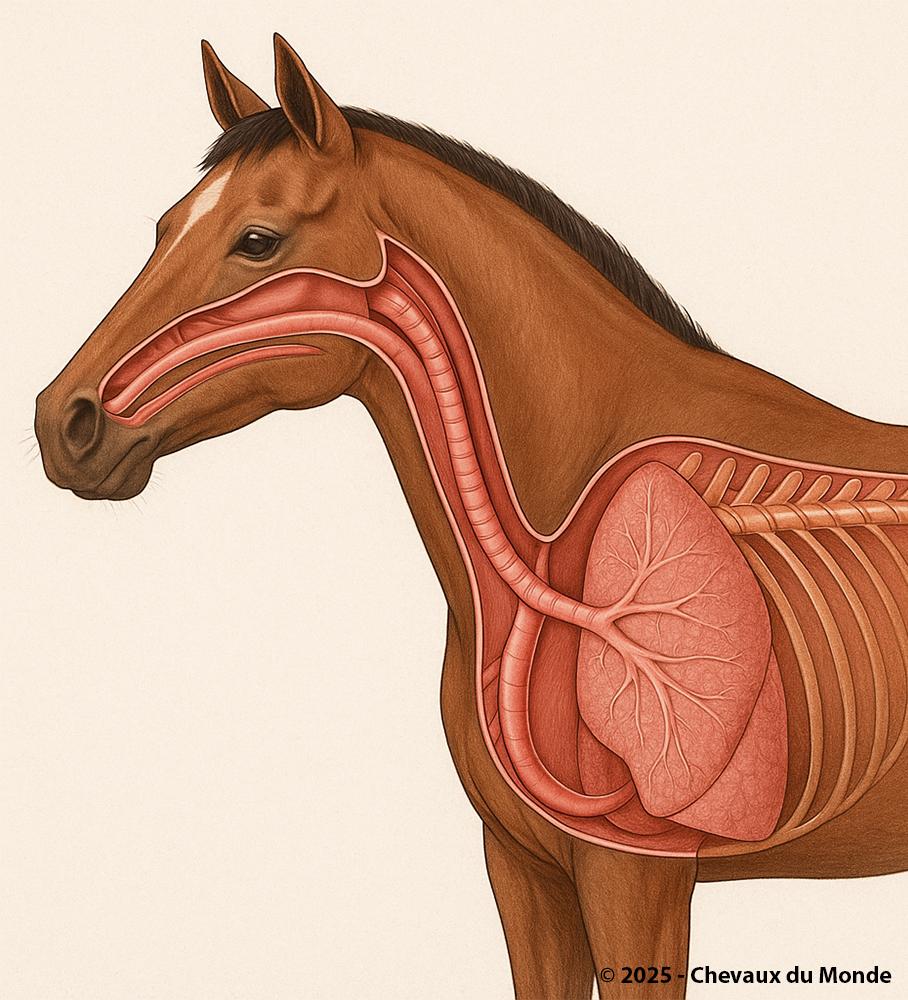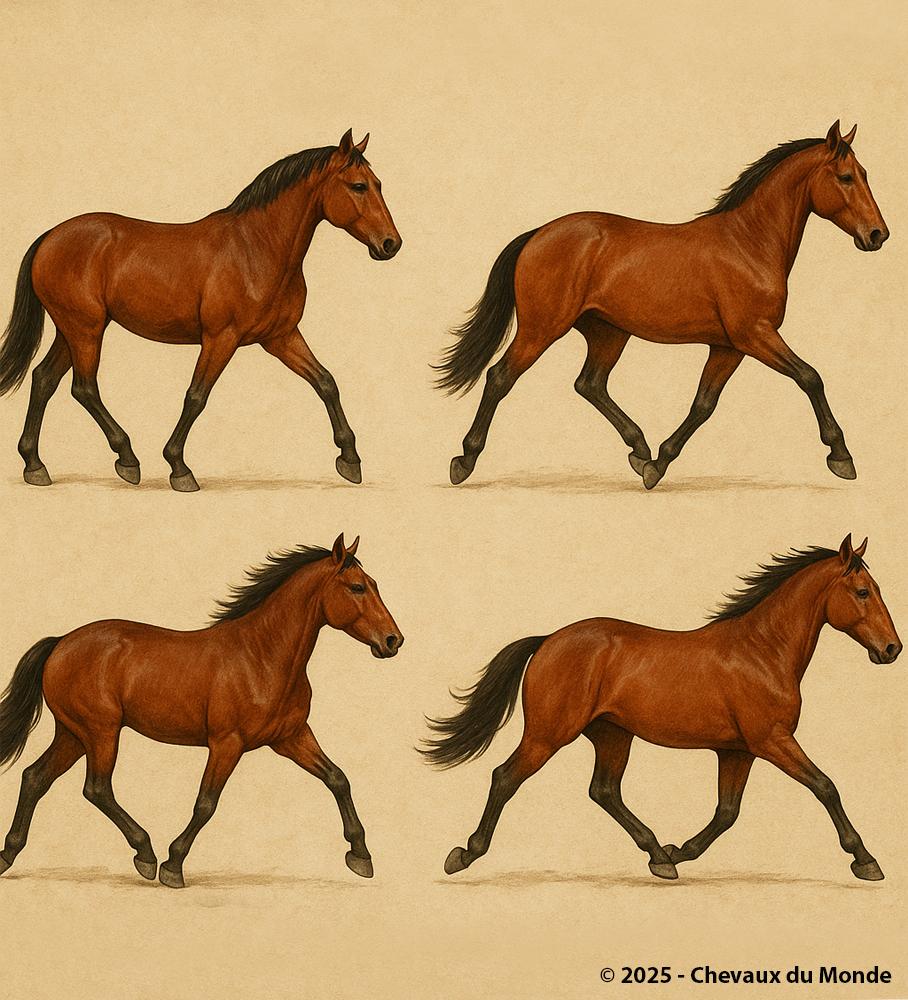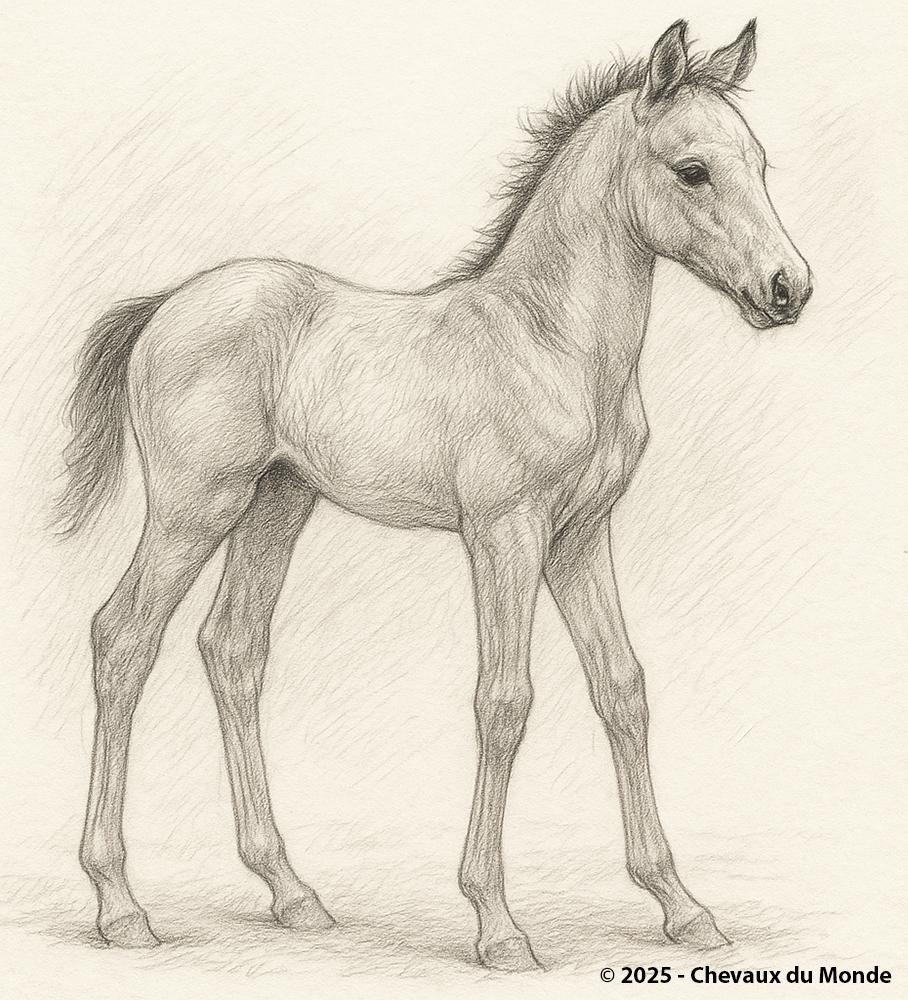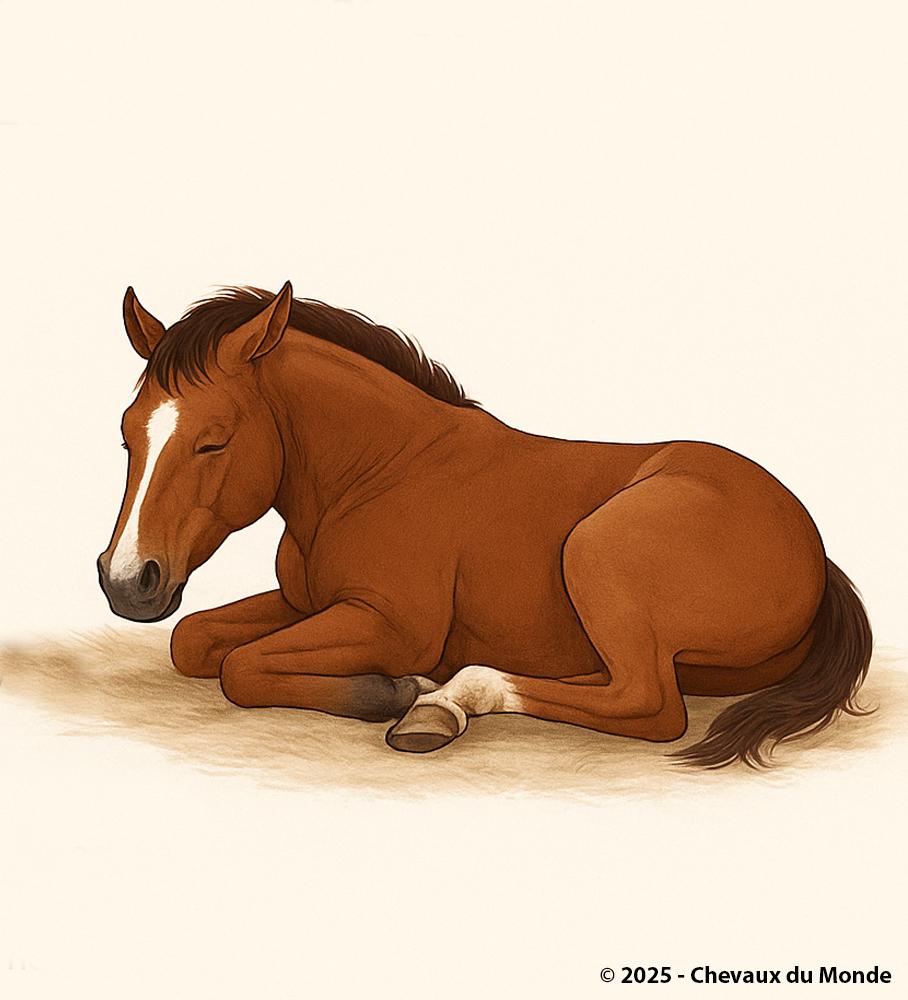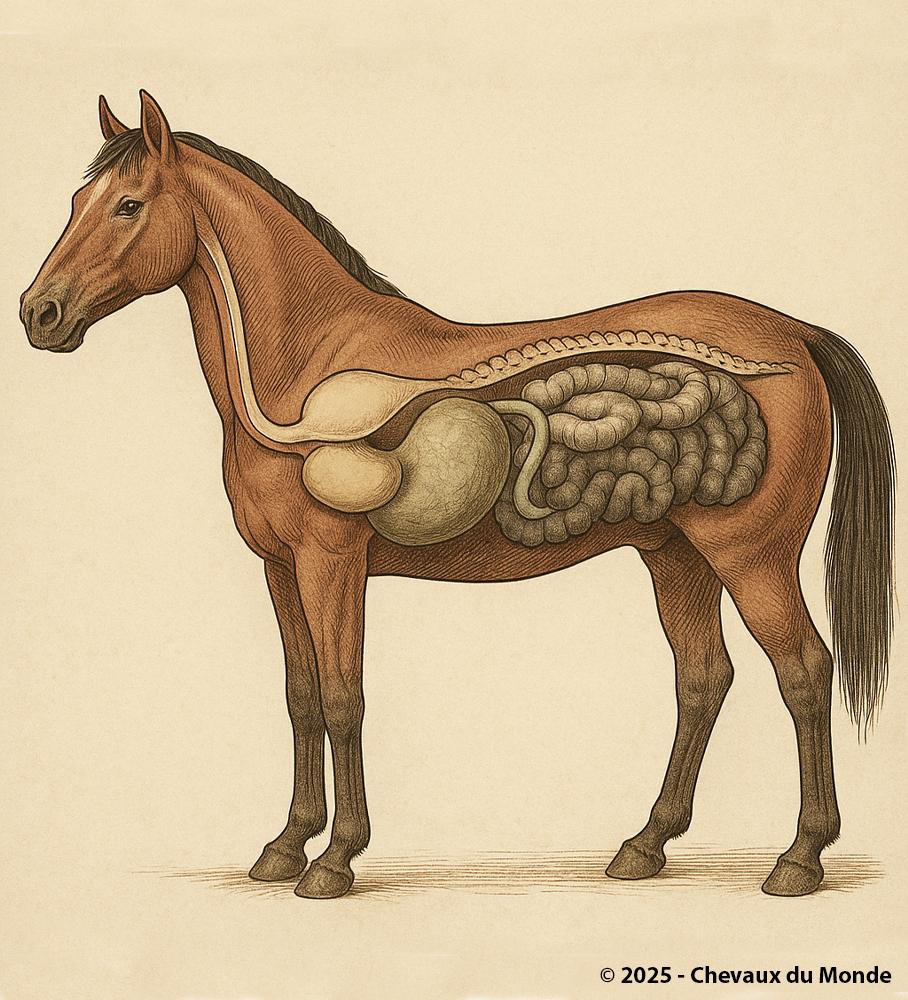THE ANATOMY OF THE HOOF AND ITS FUNCTIONS
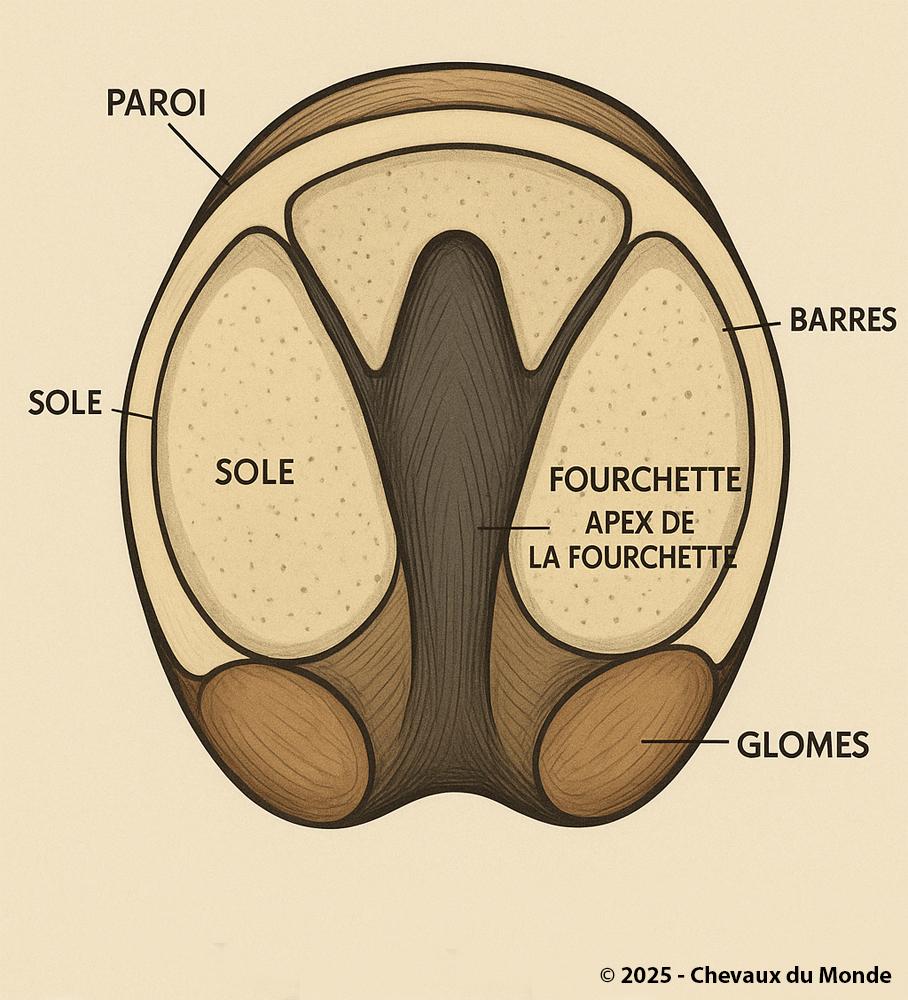
Equine hoof structure: each part of the hoof contributes to shock absorption, traction, and protection of internal tissues.
The hoof is a fascinating and complex structure that plays a central role in the horse’s life and health. Often compared to a “natural shoe,” it ensures protection, support, and performance. Understanding its anatomy and functions is essential to guarantee equine well-being and prevent many pathologies.
External Structure of the Hoof
The Wall
- The hoof wall is the visible, hard part, comparable to a thick fingernail.
- Made of keratin, it protects internal tissues and absorbs part of the shock.
- It grows continuously from the coronet (growth area located just below the hairline of the pastern).
The Sole
- The sole is the slightly concave underside surface.
- Its role is to protect the inner structures while allowing partial support on the ground.
- A sole that is too thin or flat makes the horse more sensitive to pain and injuries.
The Frog
- The frog is a “V”-shaped structure in the center of the hoof.
- It acts as a shock absorber and contributes to blood circulation by compressing and releasing with every step.
- It should remain supple and elastic, a sign of a healthy hoof.
Internal Structure of the Hoof
Keratinized Laminae
- Between the wall and the coffin bone, there are horny and dermal laminae that interlock.
- They ensure adhesion and suspension of the coffin bone within the hoof capsule.
- This complex system is crucial for stability and weight distribution.
The Coffin Bone (Third Phalanx)
- The coffin bone (or distal phalanx) gives the hoof its overall shape.
- It transmits the horse’s weight to the ground and supports the entire structure.
The Digital Cushion
- Located at the back of the foot, the digital cushion acts as a shock absorber.
- It also contributes to the blood pumping mechanism, aiding venous return in the limbs.
Essential Functions of the Hoof
Protection
- The hoof acts as a natural barrier against shocks, abrasive surfaces, and foreign objects.
- Without this structure, the delicate internal tissues would be quickly damaged.
Shock Absorption
- At every stride, the hoof absorbs part of the impact with the ground.
- The frog and digital cushion are particularly involved in this function.
- Proper hoof health is therefore essential to prevent tendonitis and lameness.
Blood Circulation
- Unlike a simple shell, the hoof is a living structure.
- The pressure exerted during walking or galloping contributes to the blood pumping mechanism.
- This process is vital to irrigate the lower limbs, which have few muscles.
Performance and Locomotion
- The hoof provides grip adapted to the terrain.
- Its shape directly influences stride, speed, and turning ability.
- Uneven wear or poor trimming can compromise locomotion.
Hoof Care: An Imperative
Trimming and Shoeing
- Regular trimming (every 6 to 8 weeks on average) helps maintain hoof balance.
- Shoeing may be necessary depending on the horse’s use (intense work, hard ground), but some horses can live barefoot if their hooves are suitable.
Hygiene
- The hoof should be cleaned daily with a hoof pick.
- This removes stones, mud, and prevents infections such as white line disease or laminitis.
Monitoring Pathologies
- Common hoof disorders include:
- Laminitis: severe and painful inflammation of the laminae.
- Cracks: vertical fissures in the wall.
- Thrush: bacterial infection due to moisture.
Constant vigilance and the intervention of a skilled farrier are essential.
Conclusion
The horse’s hoof is much more than a simple nail: it is a living, dynamic, and vital structure. It protects, cushions, stimulates circulation, and determines performance. Its health depends on regular care, proper hygiene, and management suited to the horse’s activity.
"A horse has only four hooves: caring for them means ensuring its entire career and well-being."

